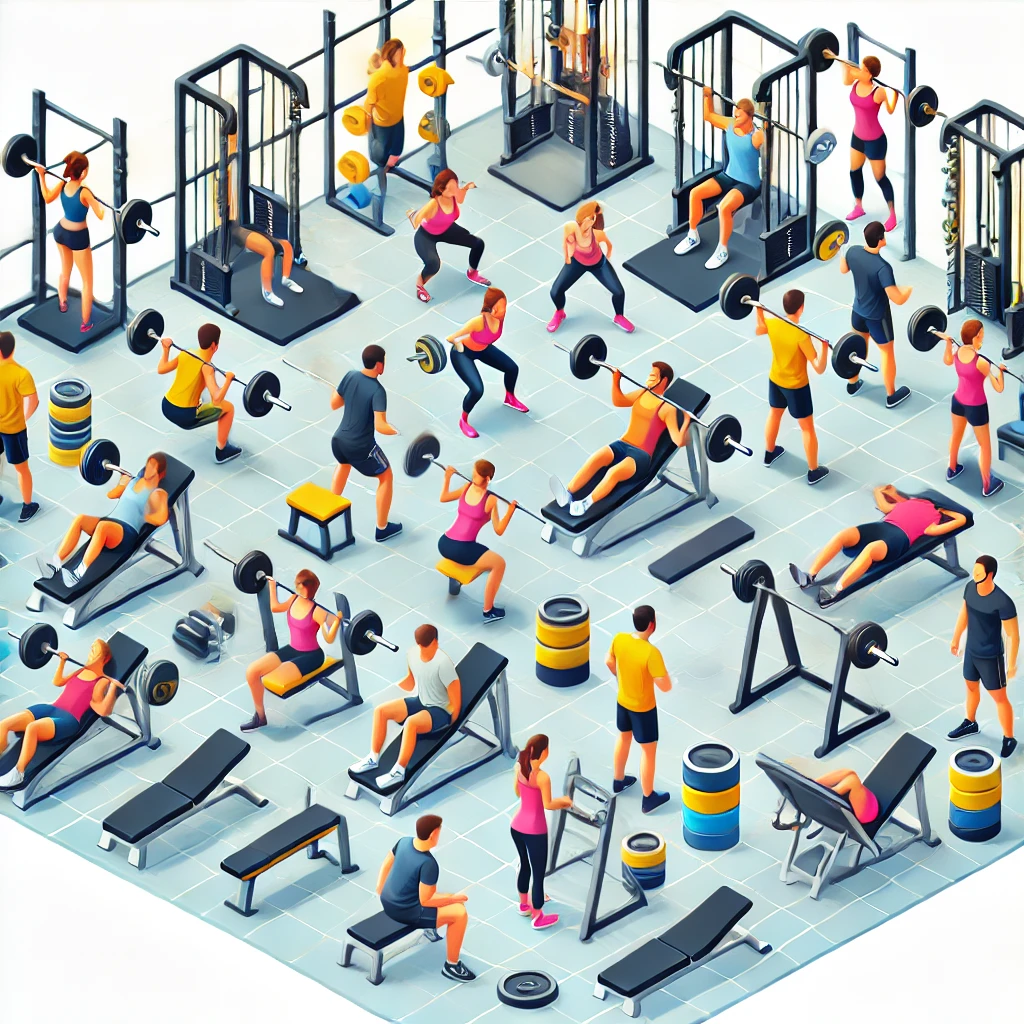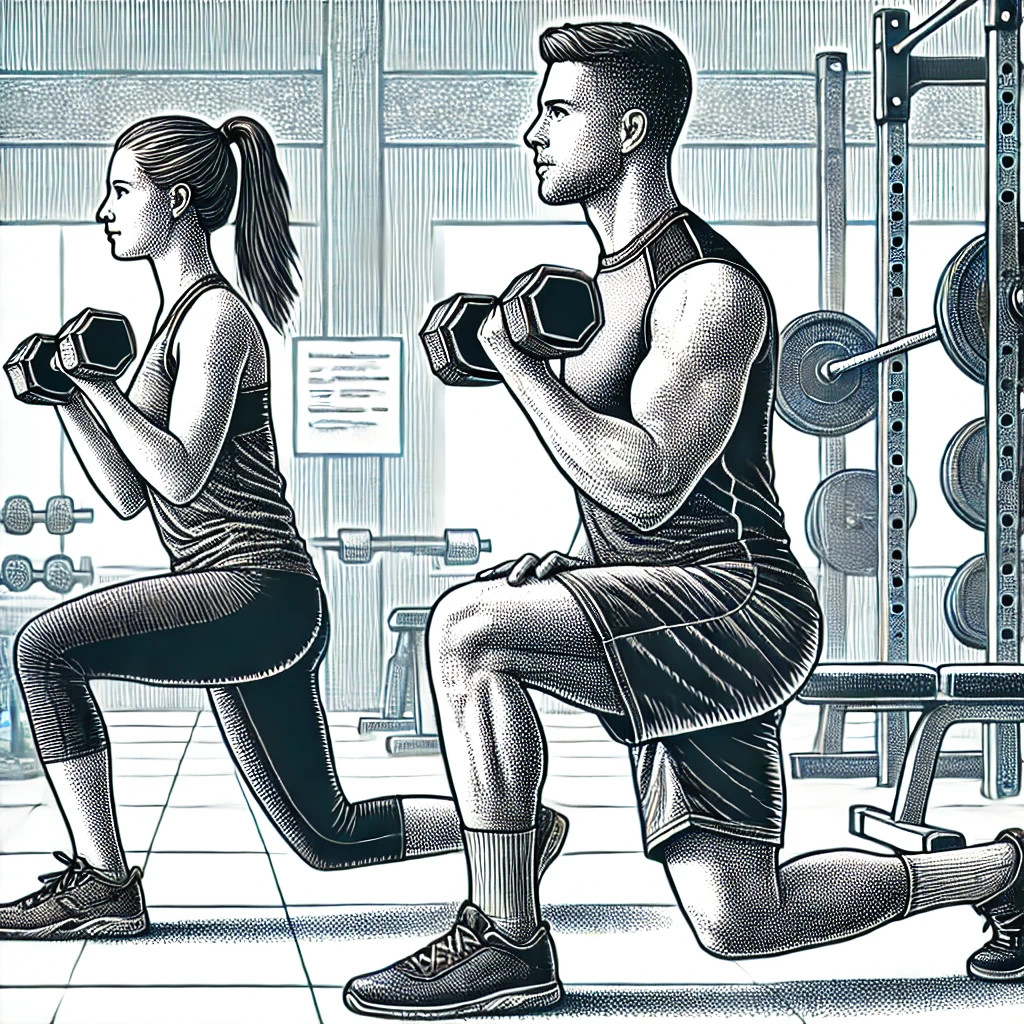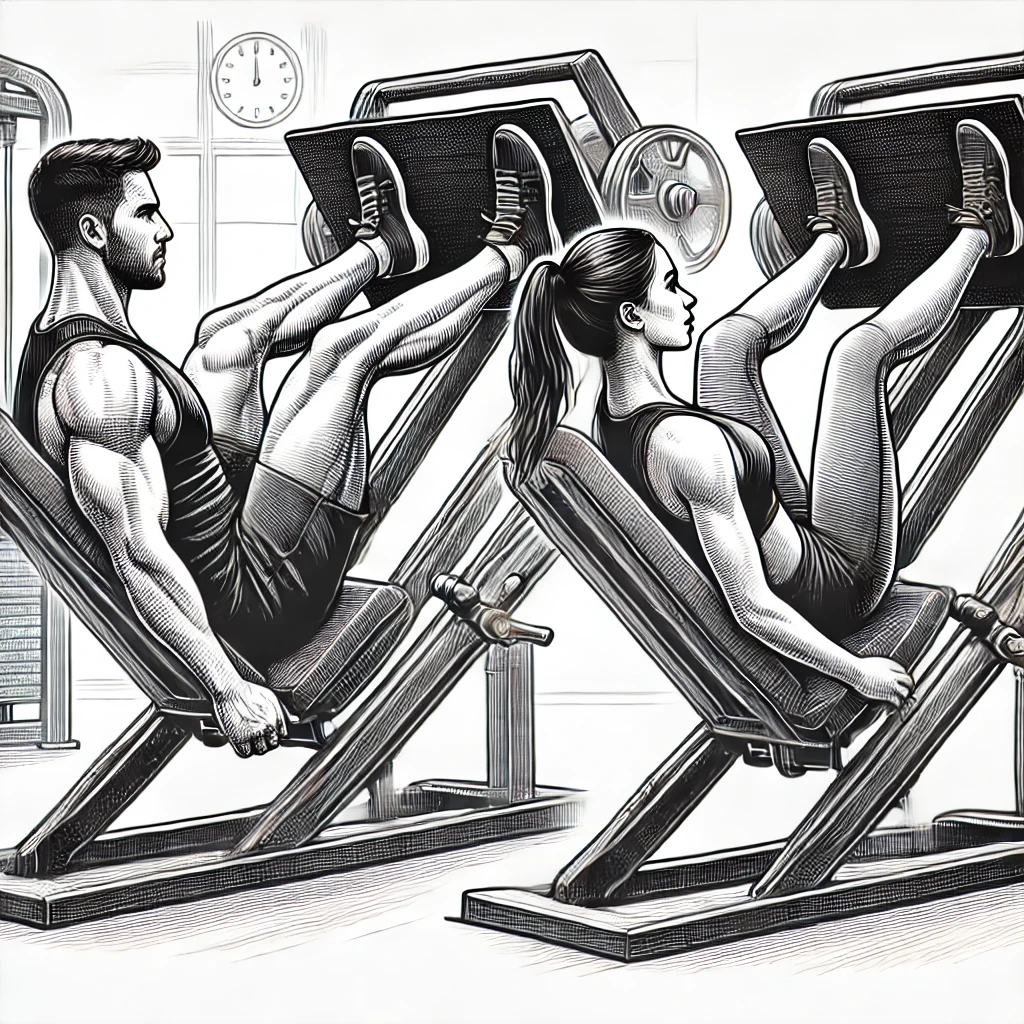
When it comes to leg workouts, the sheer amount of advice out there can be overwhelming. I’ve been through the same rabbit hole of Googling, trying every new technique, and wondering which exercises are worth my time. Let’s cut through the noise and get down to what really works for building strong, functional, and toned legs. Whether you’re training for strength, aesthetics, or overall health, I’ll break down what’s worth your sweat and what you can probably skip.
Why You Shouldn’t Skip Leg Day
Let’s get this out of the way: skipping leg day is a big mistake. I know it’s tempting to focus on the “glamour muscles” like your chest and arms, but trust me, if you skip leg day, your whole body will suffer. Your legs are your foundation, literally. Strong legs translate into better balance, improved overall strength, and a metabolism boost because big muscles like your quads and hamstrings burn more calories even when you’re not working out. Plus, who doesn’t want legs that look great in a pair of jeans?
Alright, now let’s dive into the best leg workouts. I’ll be honest here – there’s no one-size-fits-all solution. The best leg workout for you depends on your goals. Are you after strength, size, endurance, or just toning things up a bit? I’ll cover each of those, so you can pick what works for your needs.
The King of Leg Workouts: Squats

We have to start with squats. There’s a reason everyone from bodybuilders to physical therapists recommends them. Squats are the gold standard for leg exercises, and honestly, they are probably the best leg workout you can do. Why? They work almost every muscle in your lower body, from your quads to your hamstrings, glutes, and even your calves. Plus, they engage your core, which is crucial for overall stability.
Variations of Squats:
- Barbell Back Squat: The classic version, where you hold a barbell across your shoulders and squat down. This is great for building strength and muscle mass. Start with bodyweight squats if you’re new to the gym, and work your way up to this.
- Front Squat: Holding the barbell in front of you emphasizes your quads more than a traditional back squat and also forces you to keep a strong core.
- Goblet Squat: This version uses a dumbbell or kettlebell and is a solid choice if you’re working out at home or don’t have access to a barbell. It’s also more beginner-friendly.
- Bulgarian Split Squat: If you’re after more isolation and balance work, this variation is killer. It’s basically a one-legged squat with the back foot elevated, and it torches your quads and glutes.
Blunt truth: If squats aren’t a regular part of your routine, you’re doing leg day wrong. But don’t let the idea of squats scare you off. Start light, and your legs will thank you.
Deadlifts: Not Just for Your Back

Most people think of deadlifts as a back exercise, but they also give your legs (specifically your hamstrings and glutes) a serious workout. They are the perfect complement to squats, which focus more on your quads. Deadlifts help round out your lower body workout by targeting the back of your legs, and they can improve ymy posture and balance too.
Deadlift Variations:
- Conventional Deadlift: This is the most basic version, where you pull a barbell off the ground with your legs, back, and core. It’s a full-body exercise, and while it’s tougher than squats, the payoff is huge.
- Romanian Deadlift (RDL): This variation targets your hamstrings more intensely. You start with the barbell at hip height, then hinge at the hips, lowering it down slowly while keeping your legs almost straight. Your hamstrings will be on fire after these, in the best way possible.
- Sumo Deadlift: With a wider stance, the sumo deadlift shifts a little more emphasis to your quads and glutes. If you have flexibility issues or long legs, this might feel more natural than the conventional deadlift.
Let me be clear: deadlifts can be a little intimidating, especially if you’re new to lifting. But once you get your form locked down, these will become a staple in your leg workouts. Just be sure to prioritize good form – a bad deadlift can mess up your back.
Lunges: Simple but Brutal

Lunges are one of those exercises that look simple, but once you start doing them, you’ll realize how hard they actually are. They work your quads, hamstrings, and glutes, and they’re also fantastic for improving your balance and coordination.
There are tons of lunge variations, but here are the best ones:
- Walking Lunges: This is the standard version and a great way to work your legs and core at the same time. As the name suggests, you step forward into a lunge, then continue stepping forward, alternating legs.
- Reverse Lunges: These are a little easier on the knees, as you step backward instead of forward. They’re perfect if you have any joint issues or just need to switch things up.
- Lateral Lunges: If you’re looking for a way to work your inner and outer thighs, this is your go-to. You step out to the side instead of forward, hitting muscles that often get neglected in traditional leg workouts.
- Jump Lunges: Want to throw some cardio into your leg workout? Jump lunges are a killer way to combine strength and conditioning. But be warned: they are tough, so don’t start with these if you’re a beginner.
Lunges are effective, but let’s be real – they’re brutal. By the time you hit your 10th rep, you’ll be feeling it. But if you’re looking to tone your legs, especially your glutes, lunges need to be in your workout rotation.
Leg Press: The Machine That Can Help

I have a love-hate relationship with the leg press. On one hand, it’s great for beginners who aren’t quite ready to tackle barbell squats yet, or for those with lower back issues that make deadlifts a problem. On the other hand, it can become a crutch if you rely on it too much.
The leg press allows you to lift heavier than you probably could with squats, and it mainly targets your quads and glutes. It’s also a bit safer since the machine supports your back. But, and here’s the honest truth: the leg press isn’t as functional as squats or deadlifts. Sure, it will build muscle, but it won’t improve your balance or coordination the way free weights do.
If you’re a beginner or dealing with an injury, the leg press can be a valuable tool. Just don’t make it the cornerstone of your leg workout. Think of it as a supplement to your squats and deadlifts, not a replacement.
Hamstring Curls: For the Back of Your Legs
Hamstring curls are one of those exercises that often get forgotten. Most people focus so much on their quads that they neglect the hamstrings, but trust me, this is a mistake. Hamstrings are crucial for overall leg strength and stability, and if you don’t train them properly, you’re setting yourself up for injuries down the line.
The best way to work your hamstrings in isolation is with hamstring curls. Whether you’re using a machine or doing them with a resistance band, this exercise will strengthen the back of your legs. Plus, if you’re after that well-rounded, toned leg look, you can’t skip the hamstrings.
If you’re doing a more functional workout, Romanian deadlifts will cover your hamstrings. But if you’re specifically trying to target and isolate the muscle, hamstring curls are your best bet.
Step-Ups: Underrated but Effective Leg Workouts

Step-ups are one of those exercises that don’t get nearly as much attention as they deserve. They work your quads, hamstrings, and glutes, and they also mimic real-life movements, making them super functional. You’ll feel this one after just a few reps, especially if you add weight.
The key to doing step-ups properly is to make sure you’re using your leg muscles and not pushing off with the foot that’s on the ground. Start with a low step and work your way up. If you’re new to working out, you can even do these without weights to get the hang of the movement.
And yes, they may look easy, but don’t be fooled – step-ups are tough, especially when you’re pushing through the last few reps.
Calf Raises: Don’t Forget the Calves

We’ve talked a lot about quads, hamstrings, and glutes, but what about your calves? A lot of people (myself included, at one point) tend to ignore the calves, but if you want well-developed legs, you’ve got to train them too. Plus, strong calves help with balance, running, and preventing injuries.
Calf raises are simple but effective. You can do them standing on a flat surface, or if you want to increase the range of motion, stand on a step so you can drop your heels below the platform. Add weight as you progress for more resistance.
Which of these Leg Workouts is Best for You?
Now that we’ve covered all the major leg exercises, let’s talk about how to put them together into a workout. As I said before, your goals will determine which exercises you prioritize. Here are a few different approaches:
For Strength:
If you’re focused on building strength, squats and deadlifts should be the core of your workout. You’ll want to work in lower rep ranges (3-6 reps) with heavier weights. Supplement these with lunges or step-ups for some unilateral work, and throw in calf raises and hamstring curls as accessory exercises.
For Size (Hypertrophy):
If you’re looking to build bigger legs, aim for higher rep ranges (8-12 reps) with moderate to heavy weights. Squats, leg presses, and lunges should make up the bulk of your workout. Be sure to include exercises that target the glutes and hamstrings, like Romanian deadlifts and hamstring curls. Don’t forget about the calves either – calf raises are essential here.
For Endurance and Toning:
If your goal is endurance or toning, focus on higher reps (15-20 reps) with lighter weights. Exercises like walking lunges, bodyweight squats, and step-ups are great for this. You can also throw in some plyometrics, like jump squats or jump lunges, for an extra cardio kick.
For General Fitness:
If you just want strong, functional legs, a mix of everything is your best bet. Start with squats or deadlifts, then add in some lunges, step-ups, or leg presses. Finish with calf raises and hamstring curls. Aim for a moderate rep range (8-12 reps) and moderate weight.
Final Thoughts
There’s no one “best” leg workout – it all depends on your goals. However, if you’re looking for a simple, no-nonsense recommendation, here it is: make squats and deadlifts your priority. Mix in lunges and step-ups, don’t forget your calves and hamstrings, and make sure to push yourself.

